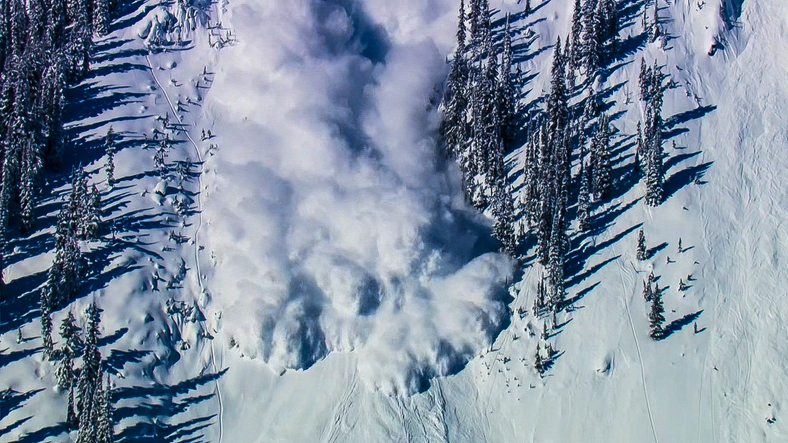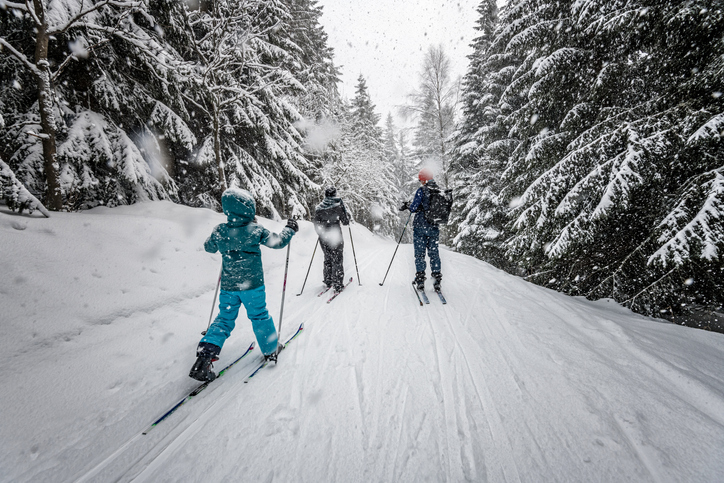Skiing, especially downhill skiing, is a favourite winter sport of many people around the world. However, its impact can be quite troublesome. Though skiing helps sustain many mountain communities, it often comes at the cost of damaging those very mountains for future generations.
Also Read: Why Cruises Are Actually Terrible
The popularity of downhill skiing necessitates the building of resorts and amenities such as ski lifts and pylons across snowy mountains that are naturally some of the most pristine environments in the world. This, in turn, creates a host of issues, such as:

It leads to severe deforestation
To create downhill ski slopes, especially those that are graded, require trees to be removed and slopes to be flattened. Known as “glading,” this removal of trees makes those slopes unstable and more prone to landslides in the long term, as there are no trees to hold down the soil.
It disturbs the wildlife
Both the development of ski slopes and regular skiers can cause great disturbance to the local wildlife. Small animals and birds might be injured by ski-lift cables, and even by running away from speeding skiers. The Canadian Lynx has even been protected because of the threat posed by the skiing industry. Plants and trees can also be harmed by people constantly colliding into them and breaking of branches.
Litter does not disintegrate
Visitors to ski slopes around the world may not all dispose of their waste appropriately, littering the areas with everything from orange peels to cigarette butts and water bottles. Each of these (even the orange peel) can take years to properly decompose – and in the case of plastic bottles even centuries. Just like so many beaches around the world, ski resorts need to undertake massive cleanups to deal with this waste.

“Snow cannons” are used to artificially add snow
Due to climate change, many resorts are forced to move to higher altitudes to seek out longer and deeper snowfall. Many also use snow cannons to artificially add more snow to the area. However, this can use up to 220,000 gallons of water to cover an acre of land. This water comes from reservoirs or rivers. Its use is not only depleting water reserves, but also adds different levels of minerals and nutrients than is naturally occurring. They can leach back into the soil, altering the growth of native plants.
Lots of empty houses are left behind
Many of the larger and more popular skiing destinations are home to both many resorts as well as numerous “second homes”. These are usually vacation homes that are more often than not left empty throughout most of the year. It can affect the residents of the local communities, as there are fewer houses and less contribution to the economy.

So, what can you do about it?
First and foremost, look for ski resorts that practice sustainable and environmentally friendly practices when it comes to flattening the slopes or adding snow. You can also go cross-country skiing, or skiing in wild places, as they do not require flattening and are thus more environmentally friendly. If you really want to go downhill skiing, look up resorts that try to use responsible methods.
Always support local communities by patronising locally owned hotels, inns, and restaurants. As far as possible, try to take your litter home with you, and also to pick up any plastic bottles and other waste you may find lying around.

If an area is “out of bounds,” it may be to protect the local wildlife, not just for safety reasons. So, you should respect their natural habitats and take special care not to damage too many plants when skiing.
Also Read: The Best Alpine Ski Resorts In Europe


